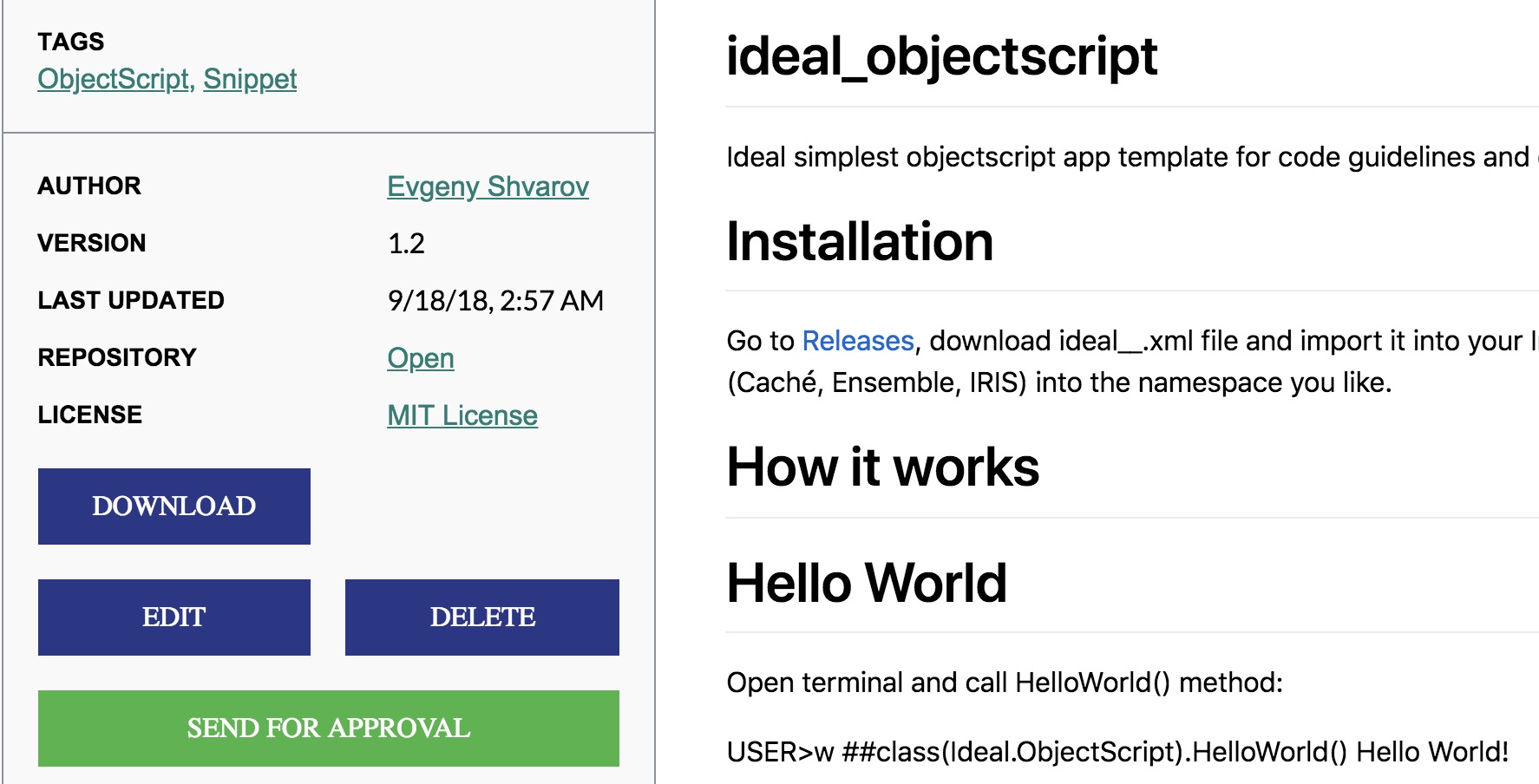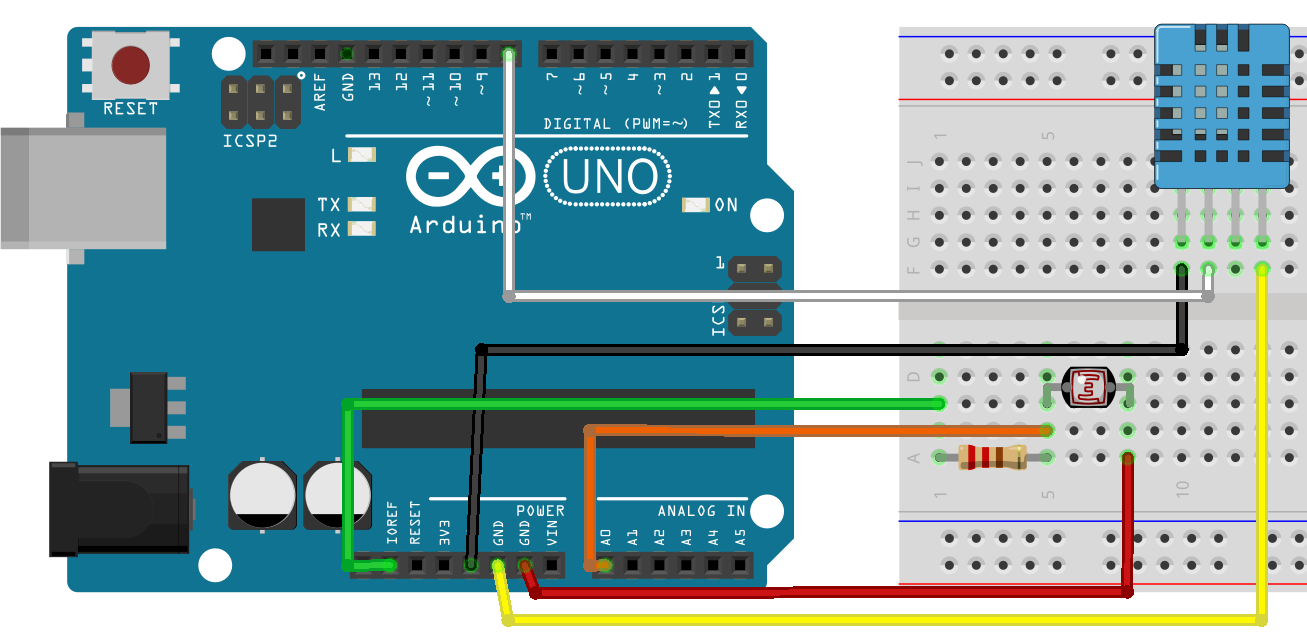Introduction
The field test of Caché 2016.2 has been available for quite some time and I would like to focus on one of the substantial features that is new in this version: the document data model. This model is a natural addition to the multiple ways we support for handling data including Objects, Tables and Multidimensional arrays. It makes the platform more flexible and suitable for even more use cases.


